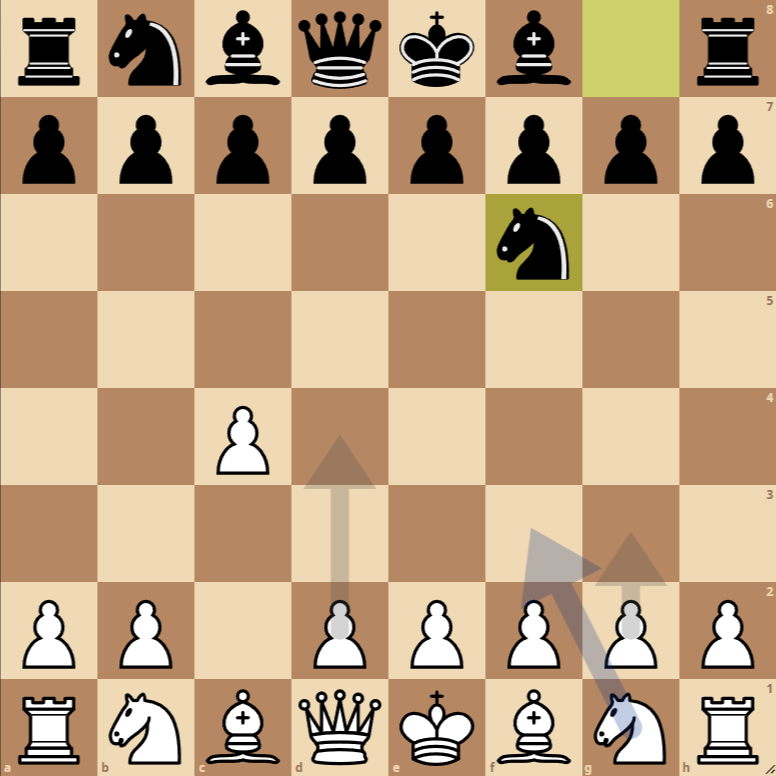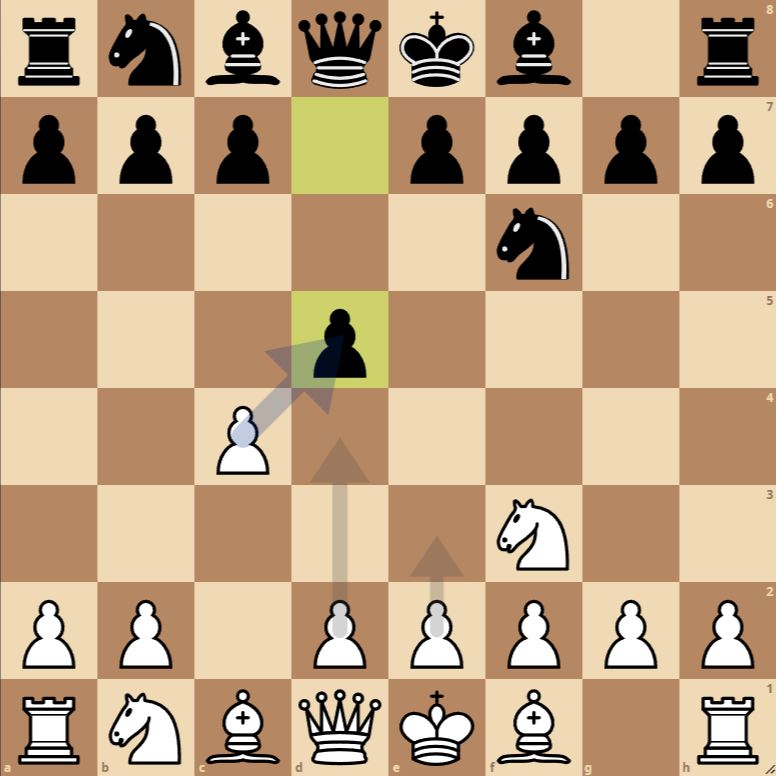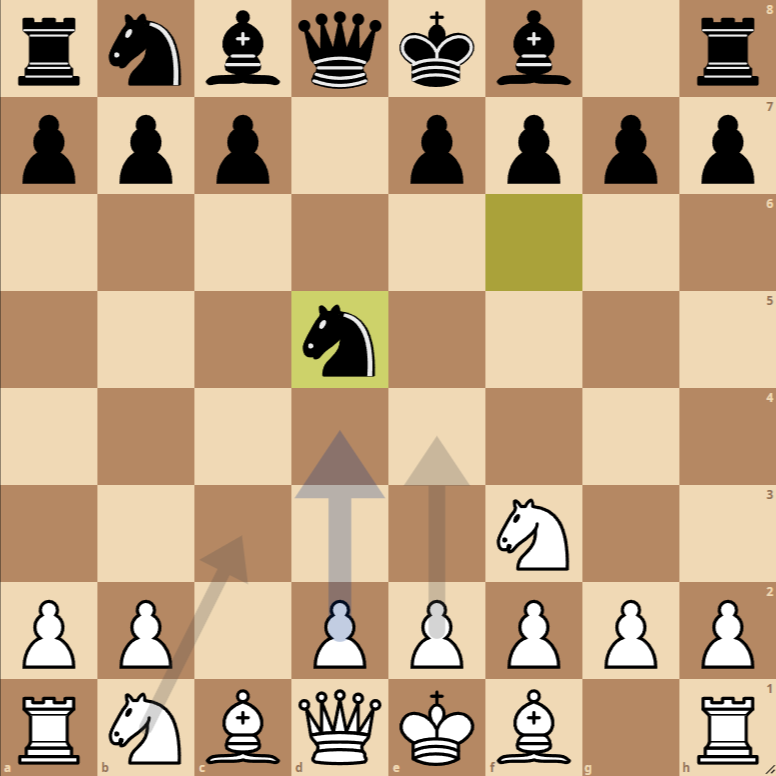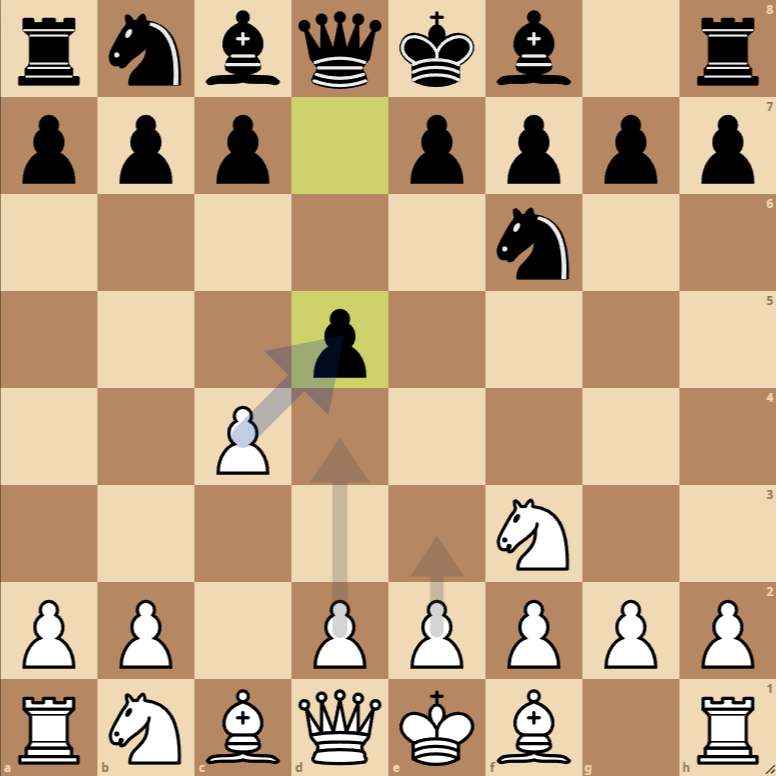How to Play the English Opening: Anglo-Indian Defense, Scandinavian Defense



- 1. c4: This is the initial move of the English Opening. The pawn advances two squares towards the center of the board, controlling squares d5 and b5, and preparing for the bishop’s development to g2.
- 1… Nf6: Black responds by developing their knight to f6, controlling squares e4 and d5, and beginning to exert pressure in the center.
- 2. Nf3: White develops their knight to f3, supporting the pawn on d4 and preparing for a more solid control of the center.
- 2… d5: Black challenges White’s central control by advancing their pawn to d5.
- 3. cxd5: White captures the pawn on d5, initiating an exchange in the center and opening lines for their pieces.
- 3… Nxd5: Black recaptures on d5 with the knight, maintaining a presence in the center and increasing the activity of their pieces.
Variations of the English Opening: Anglo-Indian Defense, Scandinavian Defense
Variation 1: 2… e6
In this variation, Black opts for a more closed game, preparing the development of their bishop to d7 and reinforcing control of the center.
Variation 2: 2… c5
Black plays symmetrically with c5, challenging central control and preparing to develop their pieces towards the center and the queen’s side.

